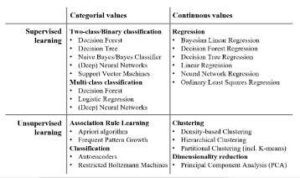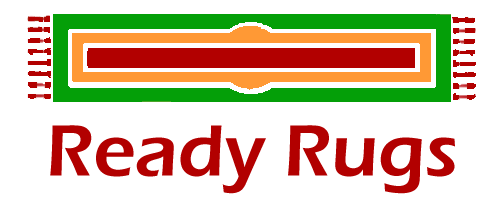
This means that it doesn’t always pay to buy and hold volatility for very long. A good example of different underlying instruments to avoid holding on to include ETNs, ETFs, and long-term futures. There are many underlying assets, stocks, or securities that can fall into one of these volatility markets. Depending on your trading approaches, there are several you don’t want to hold on to for longer than necessary.
The straddle position involves at-the-money call and put options, and the strangle position involves out-of-the-money call and put options. Volatility Index options and futures traded on the Cboe allow the traders to bet directly on the implied volatility, enabling traders to benefit from the change in volatility no matter the direction. Another way to trade volatility is to use S&P 500 options and delta-neutral strategies.
Volatility Affects Trader Sentiment
3SD would encompass the fewest occurrences of 7+ days in a row moving in the same direction. Typically, energies are the most volatile commodities, while agriculturals tend to experience less dramatic price swings. If you have selected an order type that
requires you to define a price, for example a relative order,
use this field to set the price.

The total gain would have been $8.60 ($5 + net premium received of $3.60). If the stock closed at $90 or below by option expiry, all three calls expired worthless, and the only gain would have been the net premium received of $3.60. If the stock closed below $66.55 or above $113.45 by option expiry, the strategy would have been unprofitable.
Learn to trade
One of the most common misconceptions is that IV drives options prices, but it’s actually the other way around. While these numbers are on the lower end of possible implied volatility, there is still a 16% chance that the stock price moves further than the implied volatility range over the course of a year. High IV products tend to move around a lot, even if it isn’t in one direction, so it’s important to consider this when factoring in risk or determining an options strategy.
The resulting risk ratios are summarized in the table below and are partitioned into years ( ). As before, the last period (2017) covers 15 months (January through April 2018). The graphic summary below displays the accumulated annualized log-returns, divided by the corresponding beta, with respect to SPVXSTR. During this period, short SPVXSTR outperforms RIC, which does not recover from a huge loss in April 2013.
What Does It Mean to Trade on Volatility?
As the calculation above shows, standard deviation as a measure of risk assumes that the data set follows a normal distribution, or what is referred to as a bell curve. In such a scenario, as above, 68% of data will fall within https://forexhero.info/your-programming-career-4-coding-careers-for-beginners/ one standard deviation; 95% will fall within two standard deviations, and 99.7% of data will fall within three standard deviations. But there are a few limitations to using standard deviation as a measure of volatility.
- In such a scenario, as above, 68% of data will fall within one standard deviation; 95% will fall within two standard deviations, and 99.7% of data will fall within three standard deviations.
- The seventh variable, volatility, is only an estimate and the most important factor in determining the price of an option.
- When using options to trade volatility, a trader could buy a call option and a put option with the same strike price and expiration date.
- Each investor needs to review an investment strategy for his or her own particular situation before making any investment decision.
The Volatility Index is also often called the “fear index”, as higher readings signal rising fear among market participants. Monetary policy meetings of central banks can also have a large impact on volatility. If a central bank lowers interest rates, for example, markets could react violently, with the domestic currency usually depreciating and the stock market gaining on hopes of higher corporate profitability.
What are the best measures of volatility?
Standard deviation is the most common way to measure market volatility, and traders can use Bollinger Bands to analyze standard deviation. Maximum drawdown is another way to measure stock price volatility, and it is used by speculators, asset allocators, and growth investors to limit their losses.
